A Random User
Guest
- Messages
- 3,554
- Reaction score
- 4,269
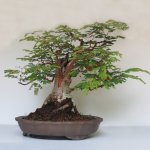
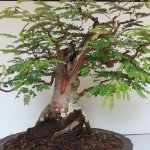
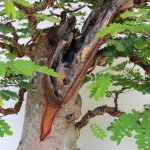
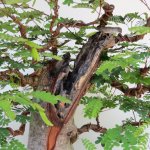
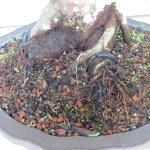
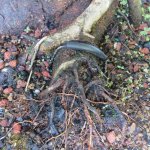
Thought I would share some pics of the the hardest tree I have the pleasure of working on. It is a wild Tamarind. They are compound leaf, and die back rather far when cut. Very hard to thicken up branches due to the fact that one has to grow out the branches to well over 6 feet in order to put the slightest amount of growth on. Then one has to worry about cutting back and not losing any branches and actually having growth pop.
Been growing and working this tree for over 6 years now. Up until now, I have been just trying to concentrate on establishing main branches. This spring I cut back everything and new growth in just starting to fill in. I will be repottting this tree this summer in a more coarse soil, and will now start working finer branching and ramification. Will also, try and get this into a smaller pot. Thanks!
